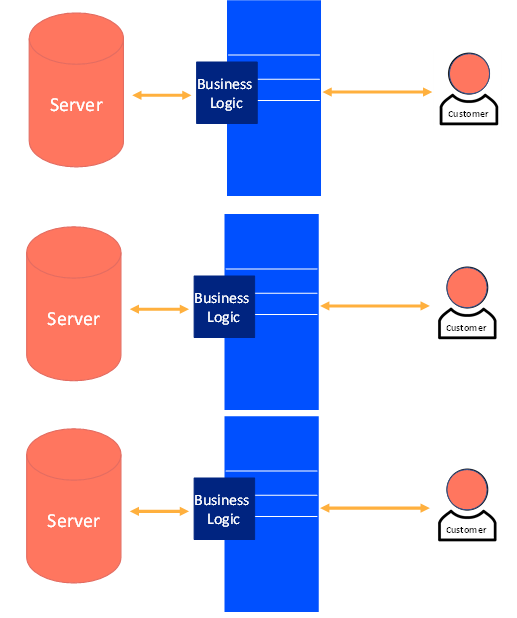EasySend's APIs
Introduction
EasySend's APIs are integrated to bring applications together in order to perform designed functions built around sharing data and executing pre-defined processes.
The APIs work as the middle man, allowing your developers to build programmatic interactions between the various applications, people, and businesses use on a daily basis.
EasySend's APIs includes three important elements:
Procedures:
Also referred to as routines, procedures refer to the specific tasks or functions a program performs. For example, Twitter provides a search API for developers to explore data for analytical purposes.
Protocols:
The protocol is the format used to communicate data between applications. This can get complicated, though. Applications may not rely on the same format. But, more on this later.
Tools:
The tools are a set of building blocks – the components needed to construct new programs.
The Builder Platform
The visual no-code platform used to create any digital customer journey from scratch or a from a pre-existing PDF, in either way no code is needed.
The Builder platform enables to automate steps in the workflow by adding different types of integrations services such as: REST API service for data retrieval or SQL Query for database entry updates

Builder Platform and Services Feature
EasySend's Server URLs
An API is invoked through one of EasySend’s servers - Dev/Staging/Prod.
The paths listed below are relative and the full server URL must be specified when invoking an endpoint:
Dev: https://customer-id-dev.easysend.app/ Staging: https://customer-id-staging.easysend.app/ Prod: https://customer-id.easysend.app/
Single-Tenancy in REST API (Dev/Stating/Prod)
In a single-tenancy architecture, every tenant will have their own single database and software instance. This way, each tenant's data is isolated from one another.

Single-Tenant Concept
URL Path Based Tenant Identification
In the single-tenant approach, the API calling is designed in a way to mandatorily accommodate a customer id as part of the URL path. So that the server can parse the URL path to get the customer id, for example:
https://<customer-id>.easysend.app/
Updated 11 months ago